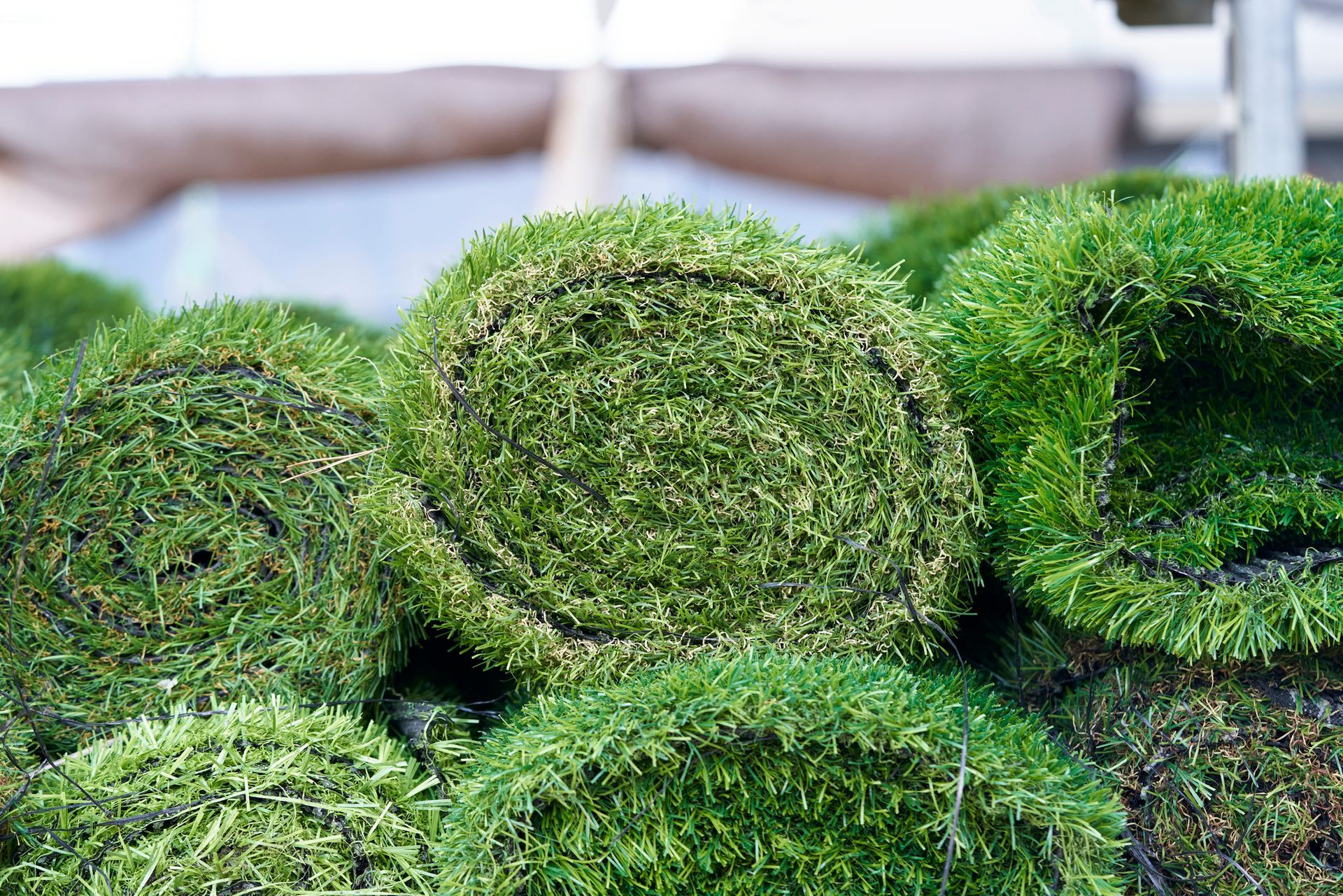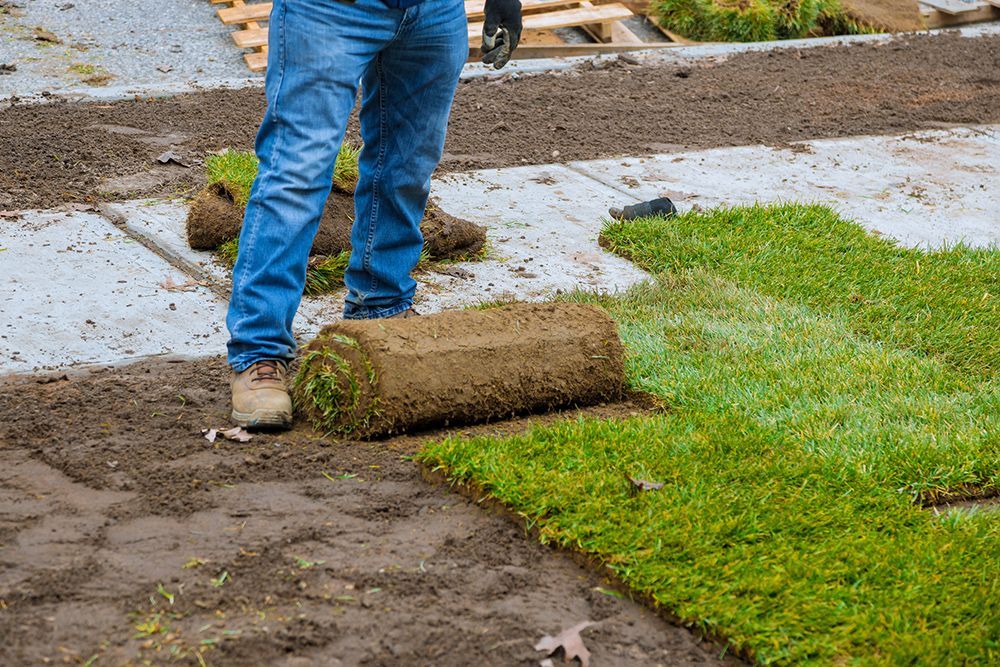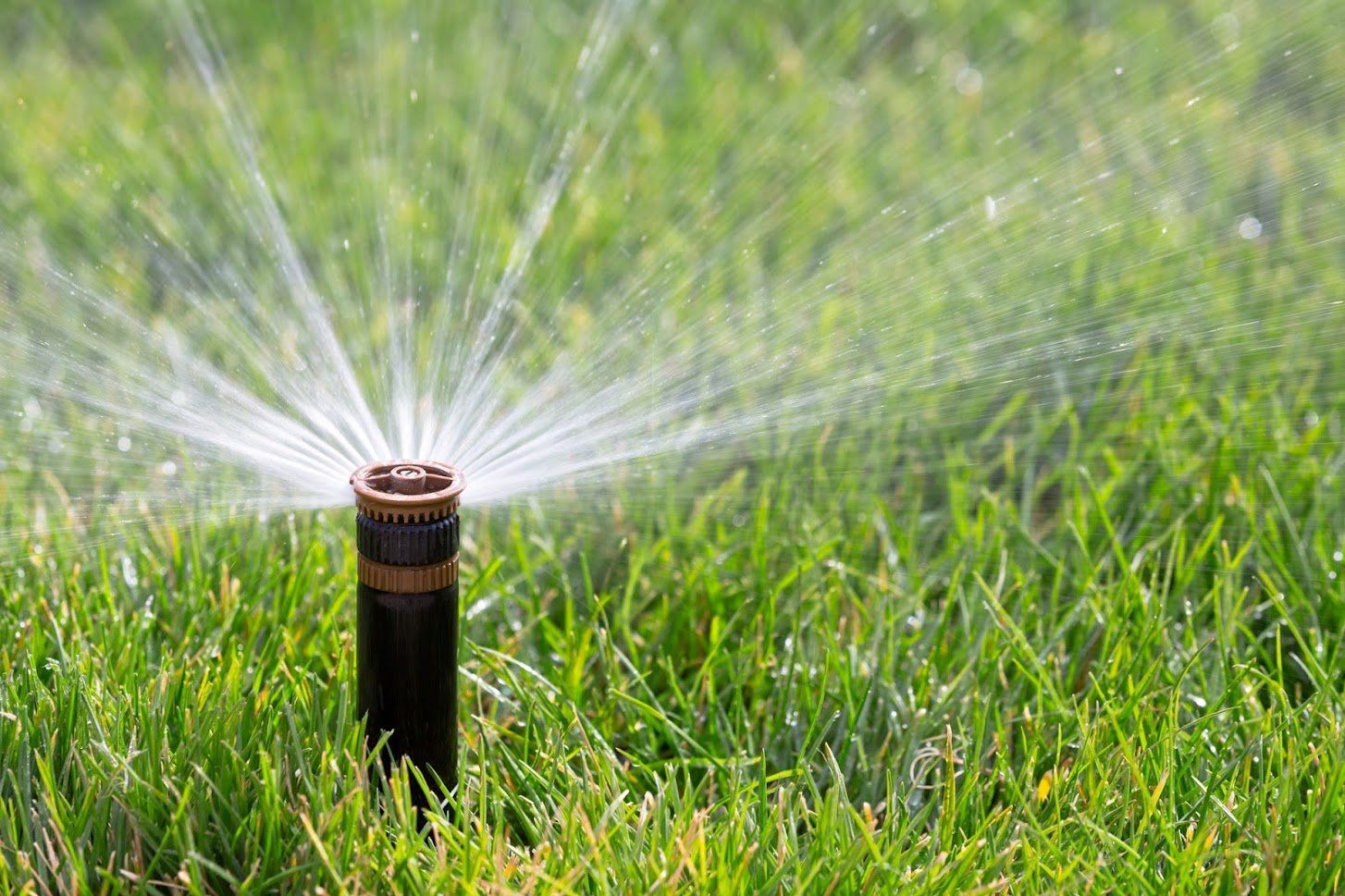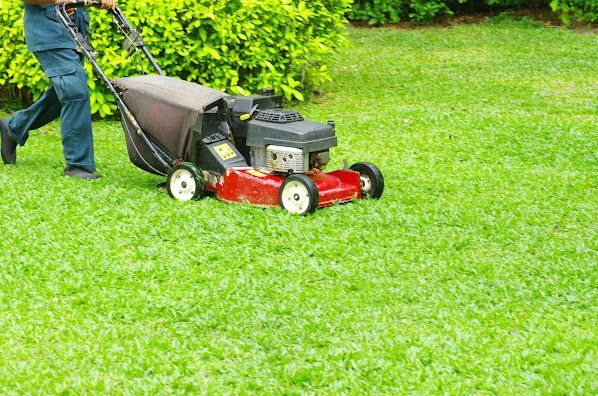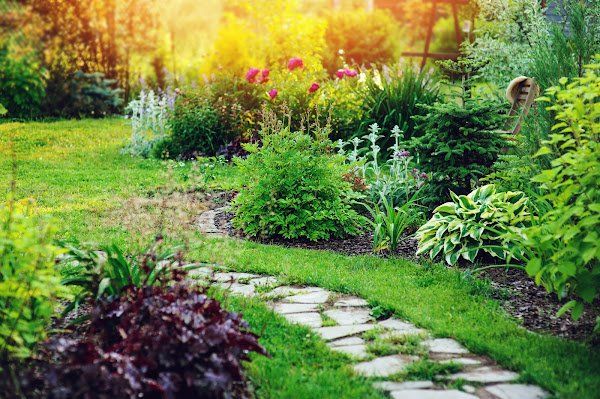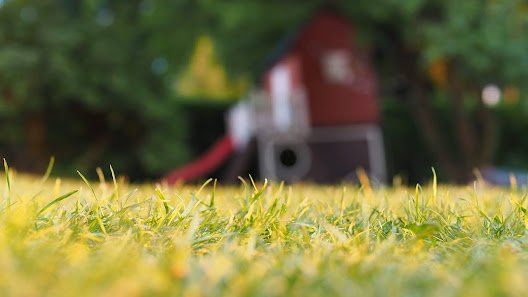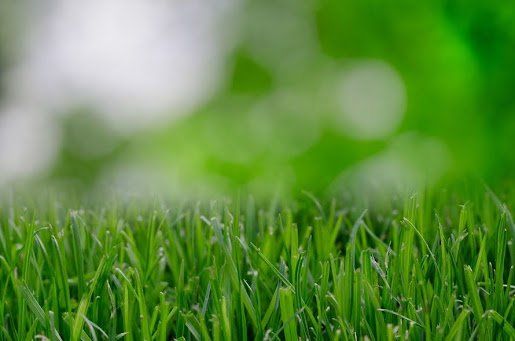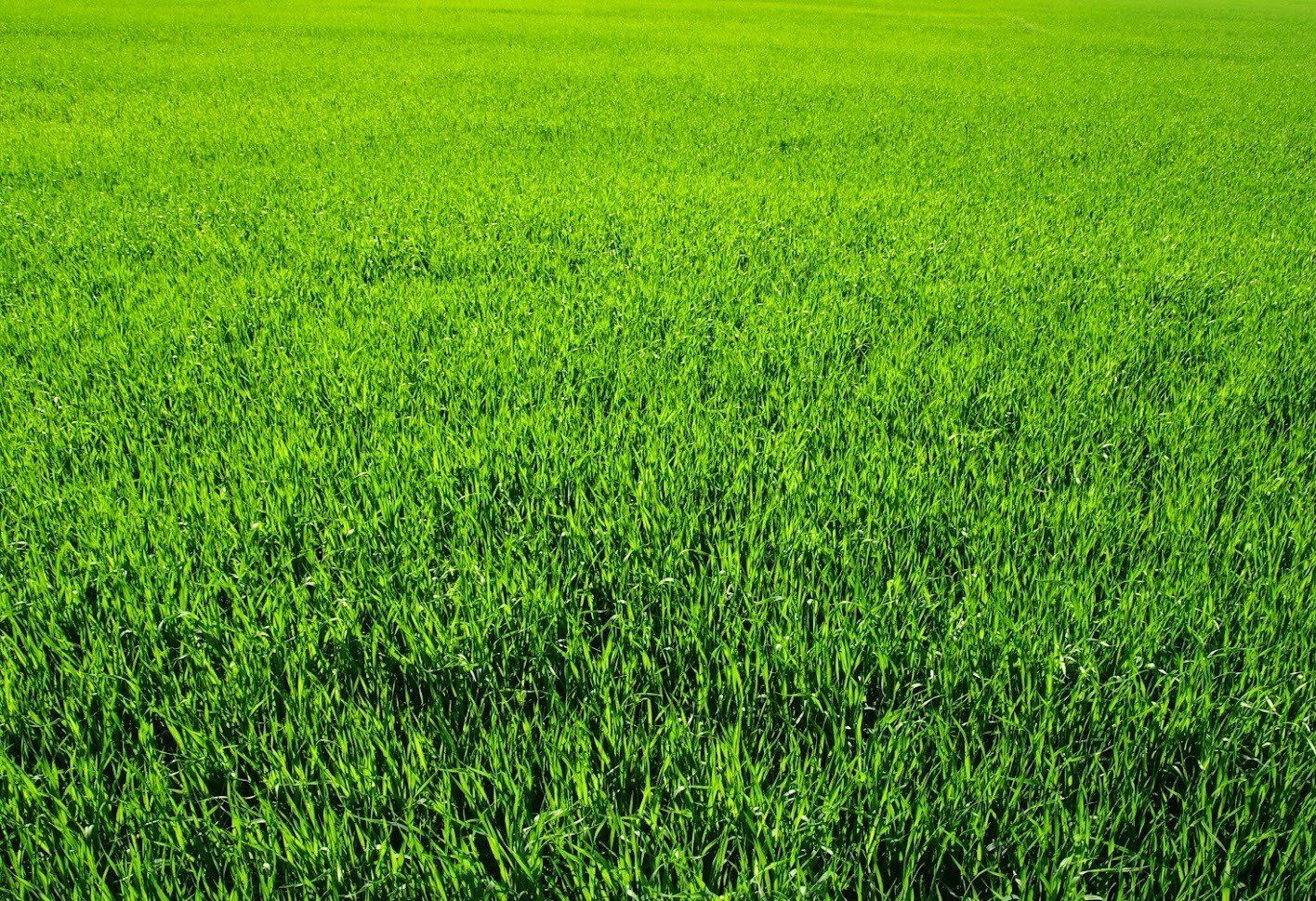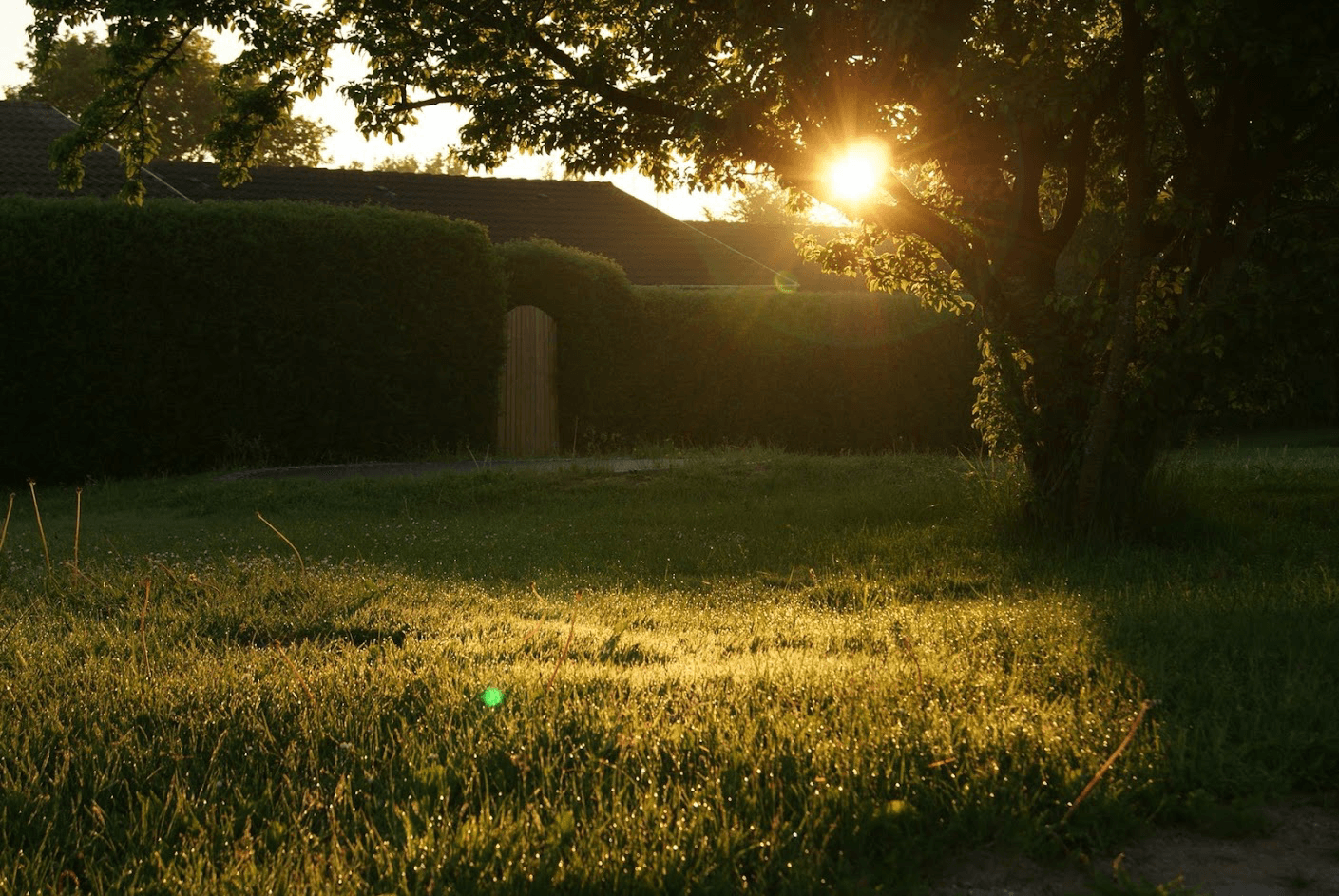Considering the Different Grass Varieties Used for Sod
Planting grass is a better option for your yard than leaving it bare. Grass protects the soil from erosion and provides comfort underfoot while you're enjoying your yard. While any method of planting a lawn is better than none, sod is an especially advantageous method because you can use your lawn sooner and irrigate it less often.
When you choose to seed your lawn, you have a dizzying array of grass seeds from which to choose. However, sod is made from only a few varieties, thus narrowing down your choice. Below are some of the most common grasses used for sod.
Bermuda Grass
One of the most common sod varieties is Bermuda grass. It features small blades of deeply green grass that grow fast. Bermuda grass needs full sun to grow lushly, so this sod isn't ideal for shady areas. That said, it features superior drought resistance, so Bermuda grass is an ideal sod for hot spots. What's more, it tolerates heavy foot traffic very well.
Kentucky Bluegrass
Another sod that tolerates full sun is that sewn with Kentucky bluegrass, though it can also tolerate some shade. This sod is a cool-season grass, so it doesn't tolerate as much hot sun as Bermuda grass. That said, it does tolerate foot traffic pretty well. If you have a hot yard, opt for the Bermuda grass. If your yard is cooler with intermittent shade and sun, consider bluegrass.
Ryegrass
Ryegrass is as popular as Bermuda and bluegrass. Like bluegrass, ryegrass is a cool-season variety that grows exceptionally fast. So, if you want a lush lawn quickly, sod sewn with ryegrass might be a good option. It tolerates foot traffic well and doesn't mind some dry weather, which just sends it into a brief dormant state. Ryegrass is especially popular because of its fine texture and rich color.
St. Augustine Grass
St. Augustine sod grass features broad grass blades in a blue-green color. It grows moderately fast and tolerates drought well. Its dense formation allows this sod to tolerate moderate foot traffic. What's more, St. Augustine grows well in the shade, making this sod ideal if you have a lot of trees. If you choose this sod, though, be aware that chemical weed killers can harm your grass.
Centipedegrass
Centipedegrass originated in China and Southeast Asia, so it's specially adapted to hot, humid climates. Indeed, this warm-season grass grows well in full sun and can tolerate even high temperatures. However, it is sensitive to cool temperatures and drought. The coarse-textured grass requires little mowing and resists enough foot traffic to make it ideal for regular lawn usage.
Carpetgrass
Carpetgrass is another variety that originated in tropical climates, though in this case the southern United States. This warm season grass features two-edged blades with rounded tops. An advantage of this sod is it requires little maintenance, though mowing keeps the seedstalks from growing through. Choose this sod variety if you have warm, wet growing conditions.
Bentgrass
Bentgrass is on the opposite end of the spectrum. A cool-season grass, it originated in the cooler parts of Asia and Europe, so it grows well in the Pacific Northwest and New England. Bentgrass produces a bluish-green carpet with a dense mat, making it tolerant of foot traffic. The sod establishes quickly and grows well. Bentgrass does require a lot of water, but it tolerates shade.
Tall Fescue
Sod sewn with tall fescue is a mid-range option. Though technically a cool-season grass, it tolerates both hot and cool weather. Tall fescue requires only moderate watering and tolerates drought pretty well. Like bentgrass, tall fescue sod establishes and grows quickly. Though it doesn't tolerate heavy foot traffic, it's a good option for lawns that see moderate usage.
Take inventory of the growing conditions and usage of your yard. When you're ready to discuss your sod options, visit Novasack Turf Farms armed with that information.


